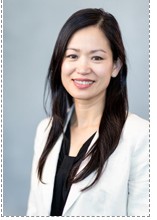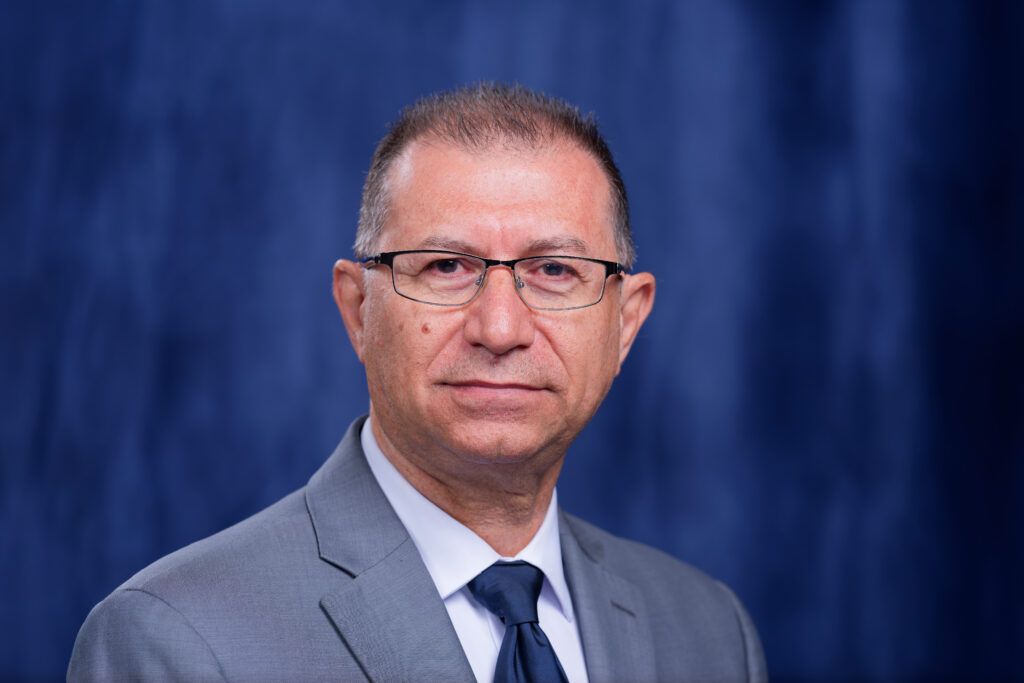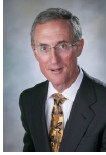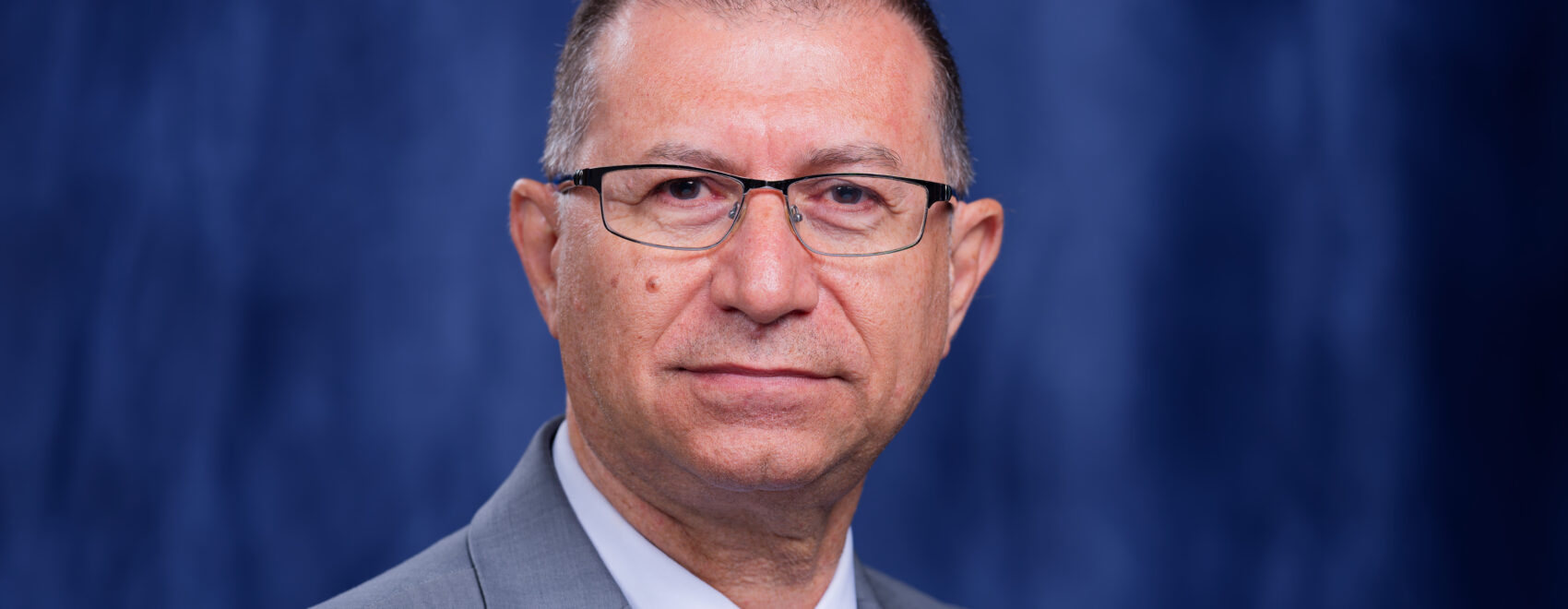Sharon Lu, DDS

Saving teeth with “BIG LESIONS”
Registration/Breakfast: 8-9 a.m.
Lecture Presentation 9 a.m.-10:30 a.m.
Dr. Sharon Lu earned her BS degree from UC San Diego in 2000, her DDS degree
from UCLA School of Dentistry in 2005. She then did a one year GPR at Long
Beach VA Hospital after which she completed her residency program in endodontics
at Long Beach VA Hospital in 2011. She has been in private practice limited to
endodontics since 2012 in Fountain Valley, Califronia. Dr. Lu is active in organized
dentistry, and serves as the imeediate past president of SCAE. She has two daughters,
Katelyn, 13 and Kristen, 11 and is married to Brian a local clinical and academic
nephrologist.
Patients and clinicians are often confronted with situations where a tooth can be saved by either endodontic treatment/retreatment/surgery or extraction and replacement with an implant. This presentation will show a case series where a methodical approach to assess the viability of saving teeth with “BIG LESIONS” as opposed to extraction and replacement with an implant.
At the end of this presentation, the audience will:
- Review a case series involving “Big Lesions” to determine when endodontic treatment is appropriate and when alternative approaches may be indicated.
- Learn how to conduct comprehensive clinical and radiographic examinations, including thorough periodontal evaluation, pulpal vitality testing, and periapical assessment.
- Emphasize the importance of detailed patient evaluation in the diagnosis and management of Endo-Perio lesions.
Nishan Odabashian, DMD, MS
Endodontic treatment according to Dr. NO
Let Mother Nature guide your treatment protocol
Lecture Presentation: 11 a.m. – 12:30 p.m.

Dr. Nishan Odabashian received his DMD degree from Tufts University School of Dental Medicine in 1991 and his Certificate of Endodontics in 2001, and a Master of Science degree in endodontics in 2003 from Loma Linda University. He has served as District VII Director of the AAE and is a past president of the Glendale Academy of Dentists, the California State Association of Endodontists, and currently serves as the president of SCAE. He has served on many committees both at the AAE, and the IAE. He has lectured locally, nationally and internationally. He is married to Lilit and has three children; Galia, 20, Serge 18 and Noah, 15. He enjoys playing weekly bridge.
Endodontics has seen a paradigm shift in the recent past among some clinicians. Endodontists who subscribe to the minimally invasive concept have modified their focus of endodontic treatment from an endodontically driven procedure to a restoratively-driven one, where the structural integrity of the tooth is given much more weight than in conventional endodontic treatment. Endodontic research has traditionally focused on process-centered procedures, such as file size, shape, design, sealer type, preparation size, irrigant type and concentration, etc., whereas with restoratively-driven endodontics, the patient-centered outcome–tooth retention and asymptomatic function, etc. is put front and center, with less emphasis on the process. The Toronto outcome studies in the early 1990’s, led by Dr. Shimon Friedman were the early research that looked at outcome studies in tooth survival. Later, the group led by Glubabivala, Ng, et. al. at the Eastman Kodak Center in the UK tried to associate process-centered attributes to outcome. IN this presentation, Dr. Odabashian will present cases from his private practice where he discusses how he allows nature guide his treatment protocols with short, medium and longer term follow ups.
Learning Objectives: After this presentation, the attendee will:
1: Be able to recognize the restoratively driven endodontic principles;
2: Be able to recognize the advantages of endodontic treatment that leverages existing caries, and restorations in preparing appropriate accesses that reduce tooth removal;
3: Be able to determine why and when minimally invasive endodontics is deemed optimal for the longer term survival of the tooth.
Saturday, February 28, 2026
The changing role of endodontics in interdisciplinary care
Lecture Presentation Part I and Part II 9 a.m. to 1 p.m.

BIOGRAPHY: Dr. Rick Schwartz was a restorative dentist for 19 years prior to entering post-graduate training in endodontics. He attended a 2-year general dentistry residency, and then did a combination of private practice, teaching and dental materials research before entering endodontic training in 1996. He has authored over 100 articles and abstracts and was a cover author on 3 editions of “Fundamentals of Operative Dentistry” by Quintessence Publishing Co. He is first author of the book “Best Practices in Endodontics, A Desk Reference”, recently published by Quintessence, and is a cover author on “A CBCT Primer for Endodontics “, soon to be published. For the past 17 years he has been in full time private practice limited to endodontics in San Antonio, TX. He has lectured in 15 countries.
“The Changing role of Endodontics in Interdisciplinary Care”
Dr. Schwartz will conduct a case-based interactive session on decision-making and treatment planning in endodontics. Emphasis will be on the role of endodontics in multi-specialty care and how endodontic treatment can improve the outcomes in other areas of dentistry, including “pre-implant endodontics”. He will present case histories and lead the audience through the thought process of diagnosis, case selection, endodontic considerations, restorative considerations and execution of the treatment. After discussion of each case he will show how he treated the patient and discuss his rationale. He will also discuss the use of “decision points” in treatment planning, risk/benefit/cost analysis, and “special situations” such as managing resorption, fractures and perforations. Many long-term recalls will be presented.
Learning Objectives: At conclusion, participants should be able to discuss:
- Management of a wide variety of every day endodontic scenarios.
- Management of some less common endodontic scenarios.
- A logical, organized approach to endodontic treatment planning.
- How Cone Beam CT has changed the decision-making process in endodontics.

Leave a Reply